RSS
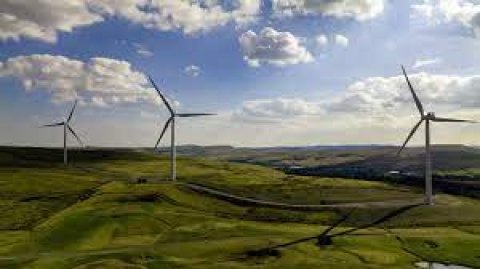
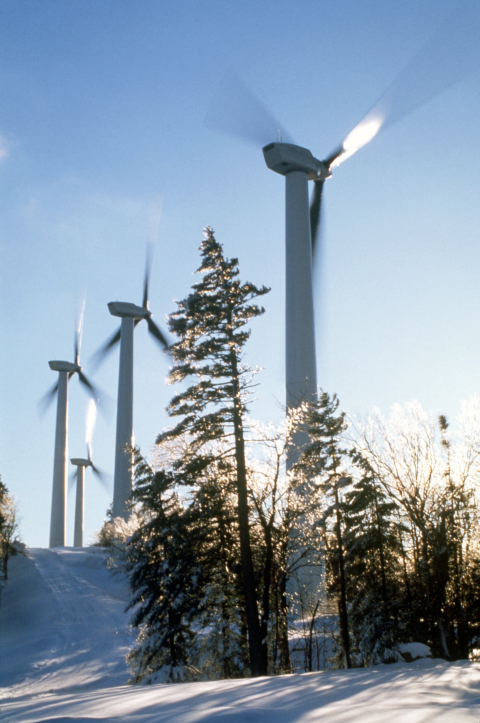
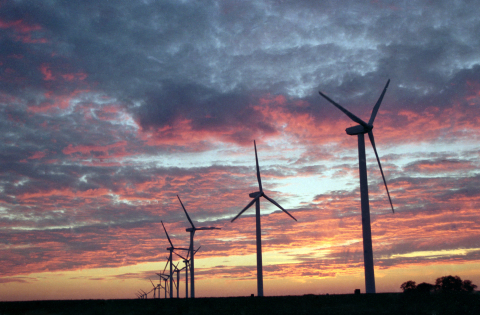
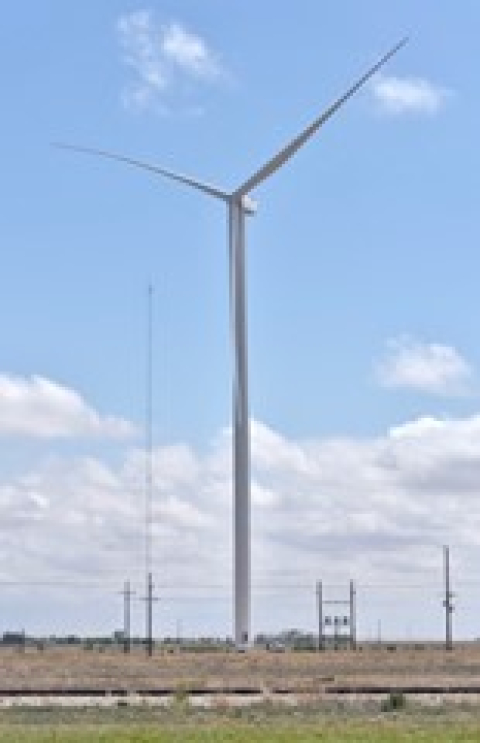
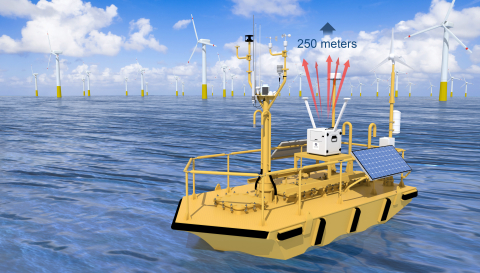
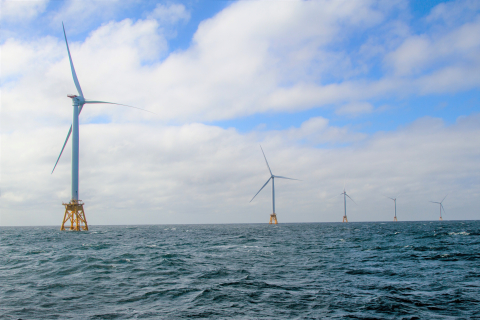
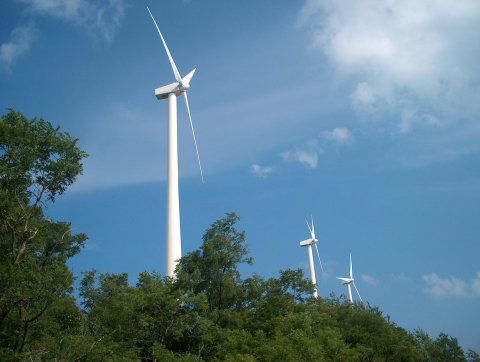
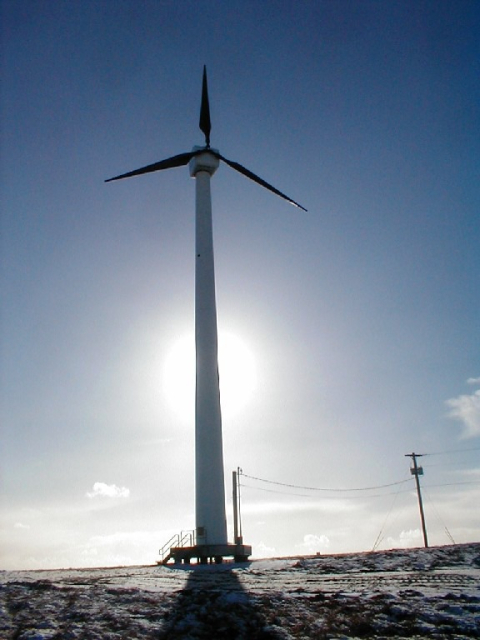
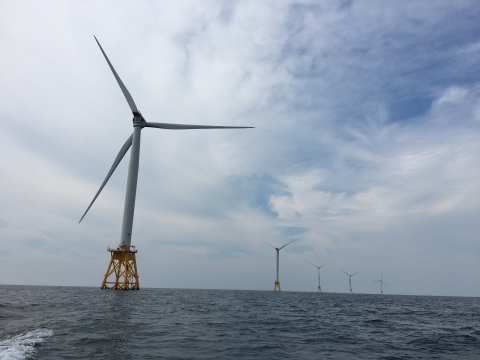
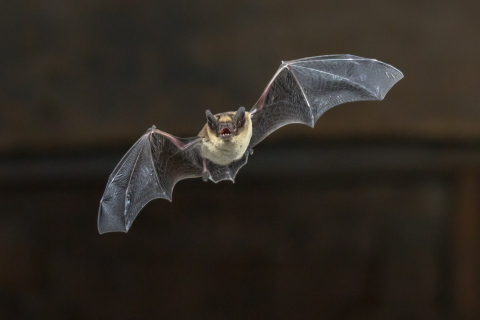
Below are stories about siting featured by the U.S. Department of Energy (DOE) Wind Energy Technologies Office.
Subscribe to the WETO E-Newsletter
Subscribe to the WETO e-newsletter to stay informed on the latest wind energy news, events, publications, and updates.

Researchers from NREL explore challenges related to the expansion of wind power.
As 2021 draws to a close, the Wind Energy Technologies Office (WETO) is reflecting on our R&D, recent achievements, and recognitions, and getting ramped up for a new year of possibilities for wind energy.
Researchers from NREL and GE have developed and demonstrated the world’s first turbine that can jump-start the grid during a blackout or operate without the power grid.

NREL and Sandia National Laboratories are partnering with GE to collect field measurements of a 2.8-MW land-based wind turbine operating in Texas. Data collected will help researchers enable more efficient capture of wind resources.
Offshore wind research buoys are equipped with instruments that can take wind speed measurements as high as 250 meters—the height of today’s wind turbines. Results will help wind power plant operators make funding and siting decisions.

WETO and the National Oceanic and Atmospheric Administration’s Rhode Island Sea Grant have partnered to create a new Offshore Wind Liaison position. The Liaison will connect communities with information and research about offshore wind energy development.
DOE has signed on to two interagency agreements to continue to collaborate on and reduce potential impacts from wind turbines on radar systems used for air traffic control, weather forecasting, homeland security, and national defense missions.
DOE’s Office of Energy Efficiency and Renewable Energy recently selected four wind-energy-related projects for Small Business Innovation Research Phase I funding. The announcement is part of DOE-wide awards totaling $54 million.

Offshore wind turbines can interfere with radar systems used for air traffic control, weather forecasting, and homeland security. To understand potential impacts, the Wind Turbine Radar-Interference Mitigation Working Group hosted a series of webinars.

Natural Power has developed the first-ever smart curtailment technology that simultaneously reduces bat fatalities and energy losses at wind farms.

